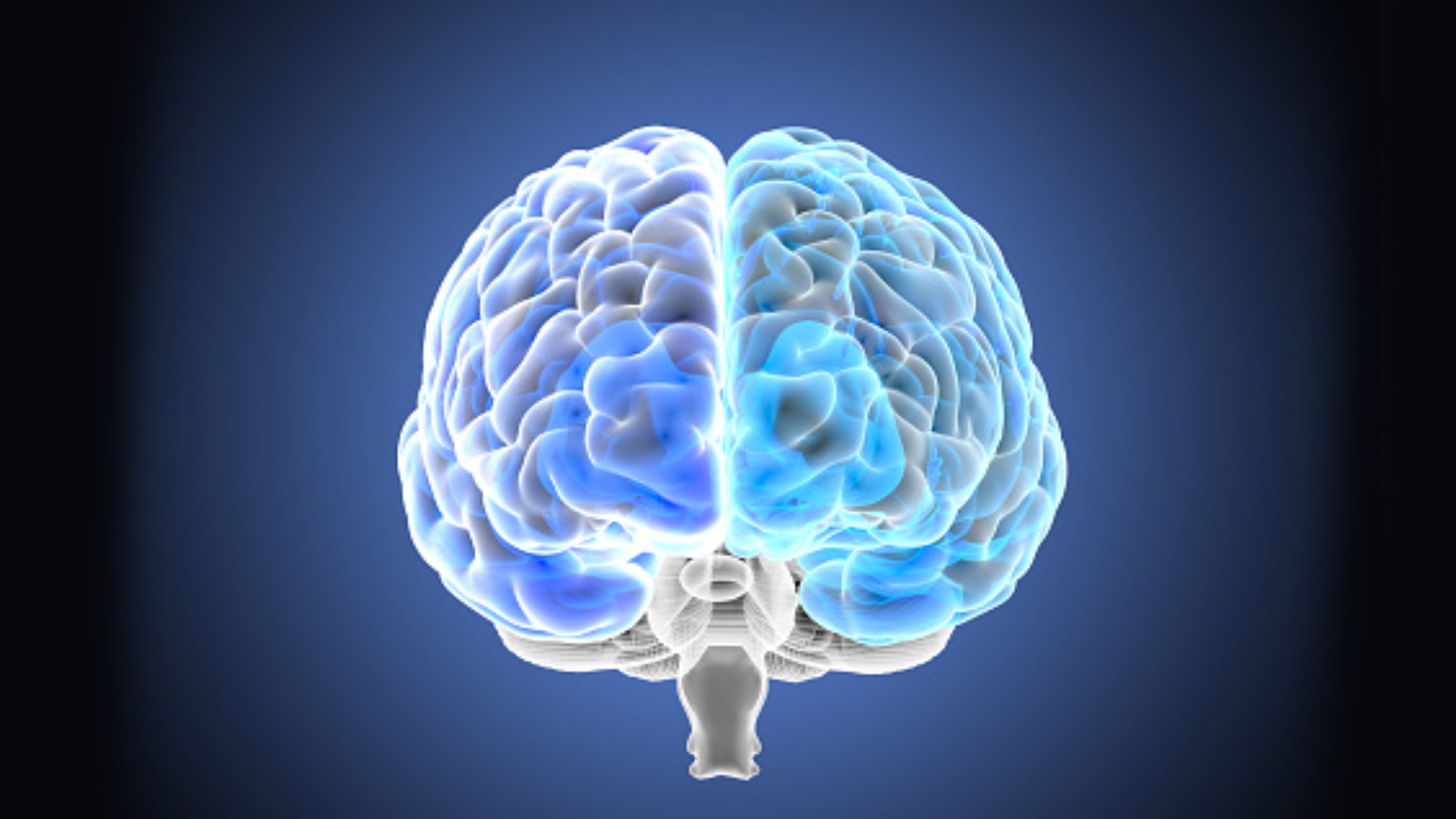 O mosaico de variáveis constituintes da natureza humana – não completamente conhecido pela ciência – promove uma ampla gama de respostas cognitivas e comportamentais entre as vítimas de traumas psicológicos. Isso se deve em parte pelas incontáveis possibilidades de processamentos de eventos estressores, o que afeta criticamente a configuração ou não do trauma. Pesquisadores mostraram uma forte relação entre o trauma psicológico e o desenvolvimento de Transtorno de Estresse Pós-Traumático (TEPT), Transtorno Depressivo, Transtorno de Personalidade, Transtorno Somatoforme, fobias específicas e fobia social, auto mutilação, suicídio, comportamentos de alto risco e abuso de substâncias (como drogas e álcool). Embora as memórias traumáticas sejam em maior parte associadas ao TEPT na literatura, um grande número de pessoas traumatizadas não preenchem os critérios diagnósticos ao TEPT ou outros transtornos psiquiátricos. Essas pessoas podem apresentar o TEPT parcial ou (subsindrômico) – correspondentes a 30% da população – e a superação face ao trauma?
O mosaico de variáveis constituintes da natureza humana – não completamente conhecido pela ciência – promove uma ampla gama de respostas cognitivas e comportamentais entre as vítimas de traumas psicológicos. Isso se deve em parte pelas incontáveis possibilidades de processamentos de eventos estressores, o que afeta criticamente a configuração ou não do trauma. Pesquisadores mostraram uma forte relação entre o trauma psicológico e o desenvolvimento de Transtorno de Estresse Pós-Traumático (TEPT), Transtorno Depressivo, Transtorno de Personalidade, Transtorno Somatoforme, fobias específicas e fobia social, auto mutilação, suicídio, comportamentos de alto risco e abuso de substâncias (como drogas e álcool). Embora as memórias traumáticas sejam em maior parte associadas ao TEPT na literatura, um grande número de pessoas traumatizadas não preenchem os critérios diagnósticos ao TEPT ou outros transtornos psiquiátricos. Essas pessoas podem apresentar o TEPT parcial ou (subsindrômico) – correspondentes a 30% da população – e a superação face ao trauma?
Seriam esses fatores úteis no tratamento de pacientes traumatizados? Para respondê-las, pelo menos parcialmente, trazemos as contribuições dos estudos mais recentes sobre um tema que sempre existiu no curso da história humana, a despeito de diferentes épocas ou culturas: a espiritualidade e a religiosidade.
Clique aqui e faça o download do artigo em formato PDF.



